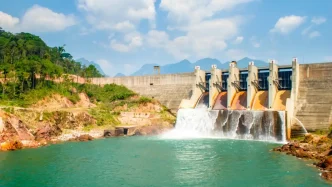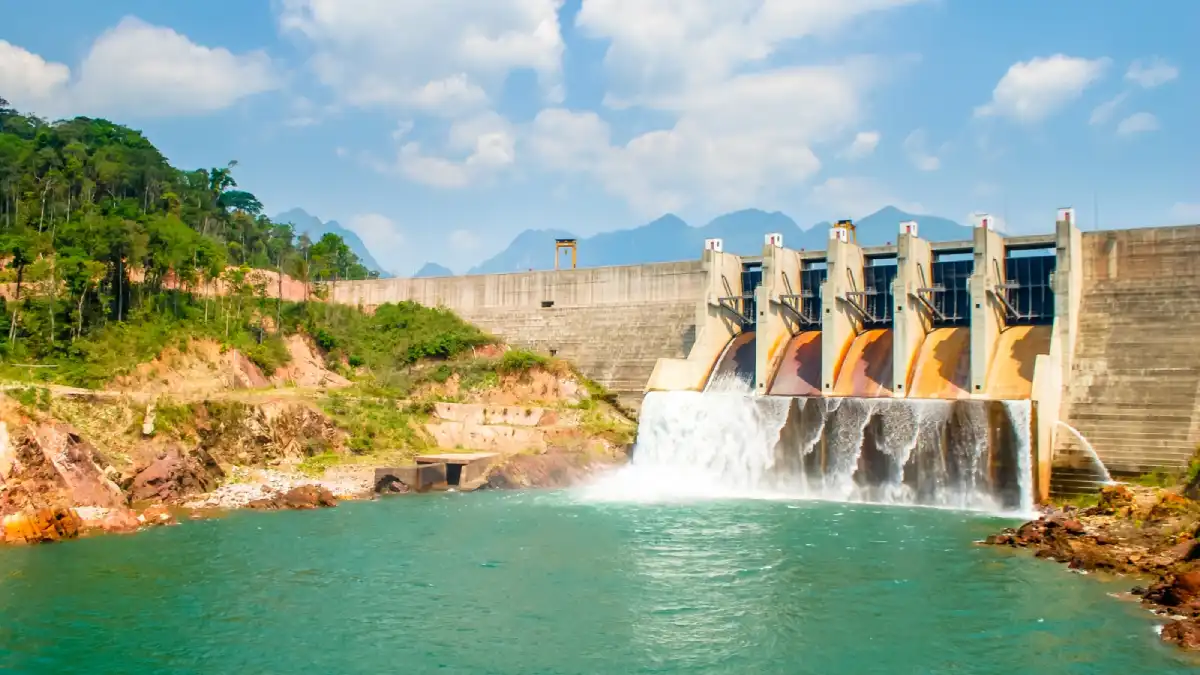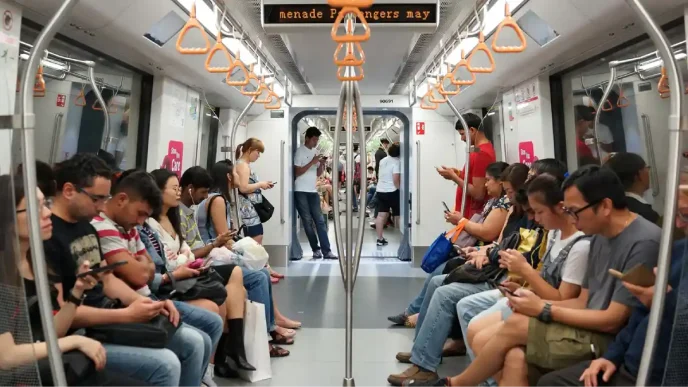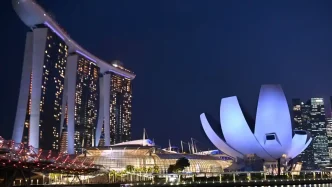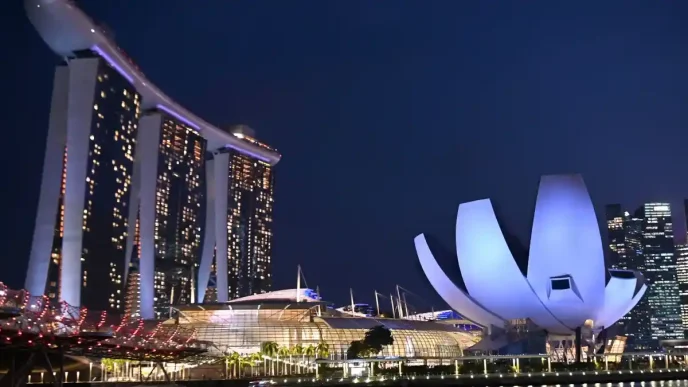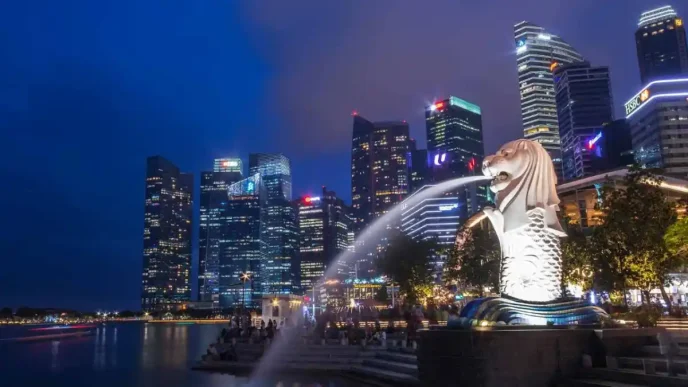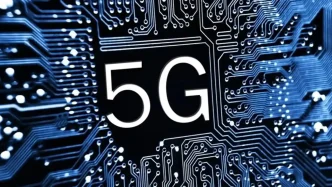In a determined push to secure energy stability, Laos is intensifying efforts to expand its electricity infrastructure through ambitious hydropower and solar projects. Electricite du Laos (EDL), the state-owned power corporation, has unveiled plans to launch new energy initiatives and upgrade the national grid starting in the second quarter of 2025, aiming to meet soaring demand and curb reliance on imported electricity.
A Strategic Focus on Energy Independence
At a mid-year review meeting held on August 8, EDL General Director Akhomdeth Vongxay laid out a comprehensive strategy to bolster the country’s power supply. The centerpiece of this plan is the accelerated construction of the Nam Ngum 3 hydropower plant, slated for completion by 2027. Once operational, this facility is expected to deliver a significant boost to the central region’s electricity supply, particularly during the dry season when Laos often depends on imports to bridge the gap.
Hydropower has long been a cornerstone of Laos’ energy strategy, often dubbed the Battery of Southeast Asia due to its extensive river systems and export potential. The Nam Ngum 3 project, located in the heart of the country, is poised to add critical capacity to the national grid, reducing the vulnerability to seasonal shortages that have historically plagued the nation. This move aligns with broader regional goals of energy self-sufficiency, a pressing concern as demand continues to rise alongside industrial and urban growth.
Beyond hydropower, EDL is diversifying its portfolio with renewable energy, particularly solar power. Twelve large-scale solar projects, boasting a combined capacity of 680 megawatts, are in various stages of development across Laos. A notable example is a 50-megawatt solar farm under construction in the Sino-Agripotas area of Khammouane Province. These initiatives are complemented by plans to roll out smaller solar installations—each with a capacity of five megawatts or less—nationwide over 2025 and 2026. By connecting these smaller projects directly to local distribution networks, EDL aims to enhance supply stability and minimize power outages in rural and underserved areas.
Upgrading the Grid for a Growing Nation
Laos’ current electricity infrastructure, while extensive, faces challenges in meeting the needs of a growing population and economy. The country operates 103 electricity generation sources with a combined capacity of 4,930 megawatts. Its network includes 84 power stations with a total installed capacity of 9,114.5 megavolt-amperes, supported by thousands of kilometers of high-voltage transmission lines operating at 500, 230, and 115 kilovolts. Medium- and low-voltage lines extend this reach to towns and villages, while over 41,000 transformers, with a capacity exceeding 7.1 million kilovolt-amperes, serve nearly 1.8 million customers.
Despite this robust foundation, issues such as voltage drops and blackouts persist, particularly in urban centers during peak demand. To address these, EDL has already made significant strides in the first half of 2025, installing 114 new transformer units with a total capacity of 17,095 kilovolt-amperes and replacing outdated power lines with larger, more efficient ones. These upgrades have yielded tangible improvements in power stability in urban areas, mitigating the frequent voltage drops that occur when supply falls short of demand. EDL has committed to continuing similar enhancements in the latter half of the year and beyond, signaling a sustained effort to modernize the grid.
Economic Context and Regional Implications
The push for energy stability comes against a backdrop of economic challenges for Laos, including inflationary pressures and a depreciating currency, the Lao kip. Reliable electricity is a linchpin for economic growth, underpinning industries, businesses, and households alike. The government views energy infrastructure as a catalyst for attracting foreign investment, particularly in manufacturing and mining sectors, which are heavily power-dependent. Moreover, Laos’ role as a regional energy exporter—supplying electricity to neighbors like Thailand and Vietnam—adds another layer of strategic importance to these projects.
The focus on renewables, particularly solar, also reflects a global shift toward sustainable energy practices. While hydropower remains dominant, concerns over environmental impacts and displacement of communities due to large dam projects have prompted calls for diversification. Solar initiatives, especially smaller-scale installations, offer a less invasive alternative, enabling Laos to balance energy needs with environmental and social considerations. This dual approach—combining large hydropower projects with distributed solar farms—could serve as a model for other Southeast Asian nations grappling with similar energy dilemmas.
Challenges and Opportunities Ahead
While EDL’s plans are ambitious, they are not without hurdles. Financing large-scale energy projects remains a significant challenge for Laos, a country with limited fiscal resources and a heavy debt burden, much of it owed to China through infrastructure loans. The Nam Ngum 3 hydropower plant, for instance, will require substantial investment, likely involving international partners or loans that could further strain national finances if not managed prudently.
Additionally, the integration of solar power into the national grid poses technical challenges. Unlike hydropower, which can provide consistent base-load power, solar energy is intermittent, dependent on weather conditions and daylight hours. EDL will need to invest in energy storage solutions or backup systems to ensure reliability, an area where technological and financial constraints may slow progress. Nevertheless, the emphasis on small-scale solar projects connected to local networks could mitigate some of these issues by reducing transmission losses and enhancing resilience at the community level.
On the opportunity side, Laos’ renewable energy push aligns with regional and global trends toward green economies. The Association of Southeast Asian Nations (ASEAN) has set ambitious targets for renewable energy adoption, and Laos’ initiatives could position it as a leader in this space. Furthermore, successful grid upgrades and new power projects could strengthen Laos’ bargaining power in regional energy markets, potentially increasing export revenues and offsetting some of the costs of infrastructure development.
A Forward-Looking Energy Vision
EDL’s leadership, under Akhomdeth Vongxay, appears confident that the combination of new power projects, grid modernization, and improved system management will ensure a stable, high-quality electricity supply for Laos’ households, businesses, and industries. This optimism is grounded in recent successes—such as the urban grid upgrades in early 2025—and a clear recognition of the stakes involved. Energy stability is not merely a technical issue for Laos; it is a cornerstone of national development and regional influence.
Yet, as these projects unfold, questions linger about their long-term sustainability and economic impact. Can Laos balance the financial demands of infrastructure expansion with its existing debt obligations? Will the shift toward solar power yield the reliability and scalability needed to complement hydropower? For now, the path forward is one of cautious ambition, with Laos betting on energy as a driver of progress in an increasingly interconnected Southeast Asia.
